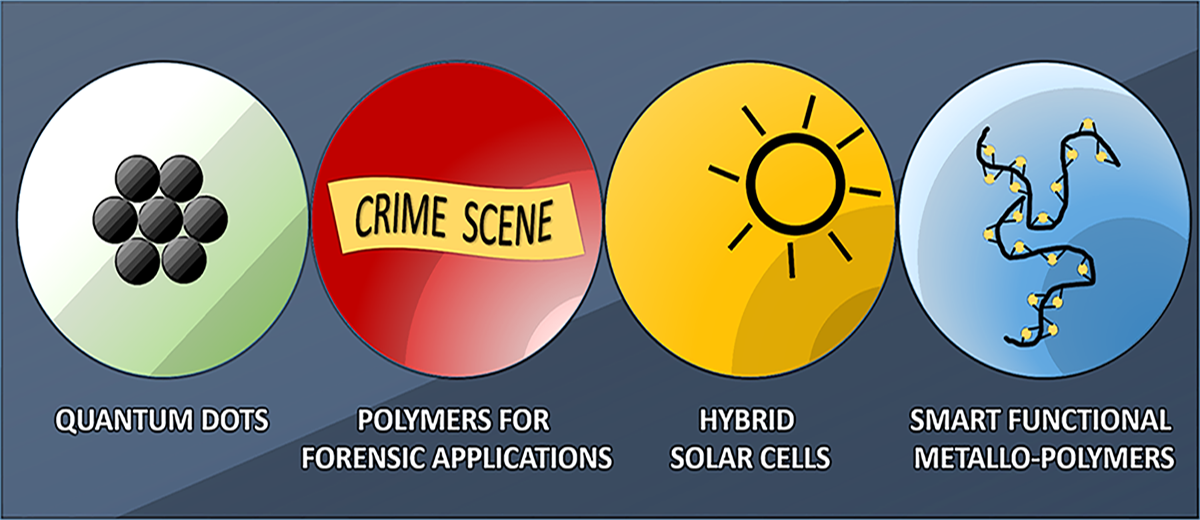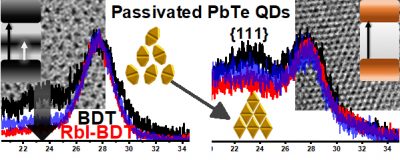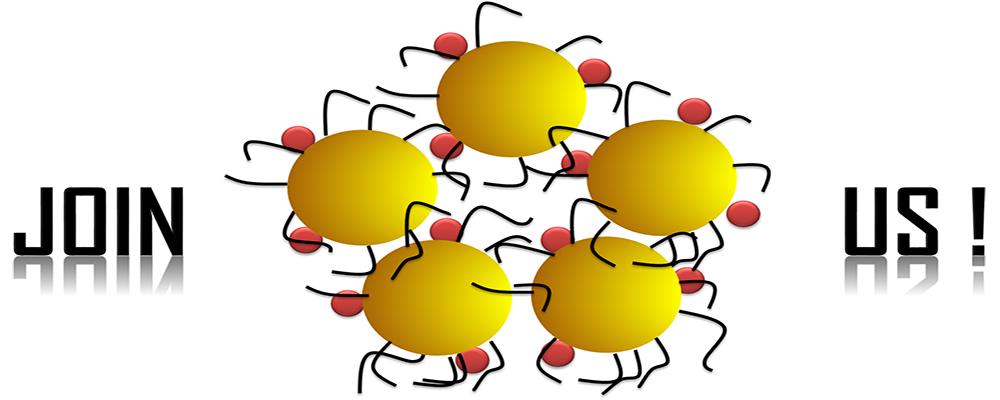
Research Highlights

Colloidal Quantum Dots
Efforts are being made to design organic and inorganic hybrid structures that exhibit improved material functionality toward emissive materials, photovoltaic, sensing, data storage, nano-electronics and stimuli-responsive materials. Of particular interest are the nanocrystals as these materials offer a good strategy Read More ...
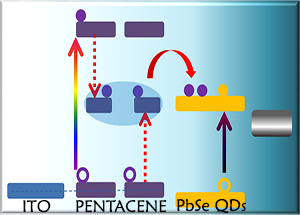
Hybrid Solar Cells
In addition to various solar cell device architectures, in our group, we are fabricating hybrid solar cells that contain layers of organic and inorganic based materials. Organic based materials such as pentacene is one of the special materials we use. It is capable Read More ...
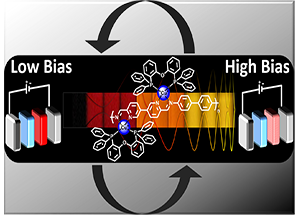
Smart Metallo-polymers
The development of conjugated polyelectrolyte LECs represents a shift of complexity away from device fabrication and into the domain of chemical synthesis, allowing the deep well of synthesis knowledge to be drawn upon and applied to the creation of materials Read More ...

Electroluminescent Polymers for Forensic Applications
Chemiluminescent materials have been the subject of extensive research in the field of analytical chemistry due to their high sensitivity, high luminescence efficiency and simple instrumentation. Among these, luminol and derivatives that contain a pyridazine unit are the most attractive Read More ...


